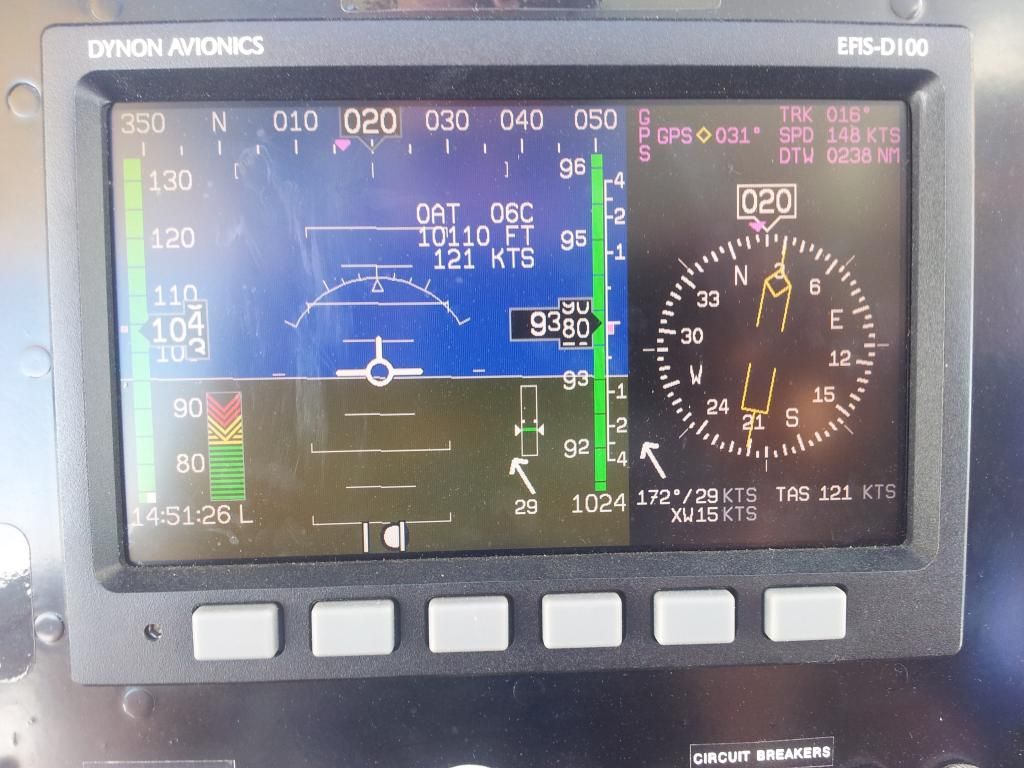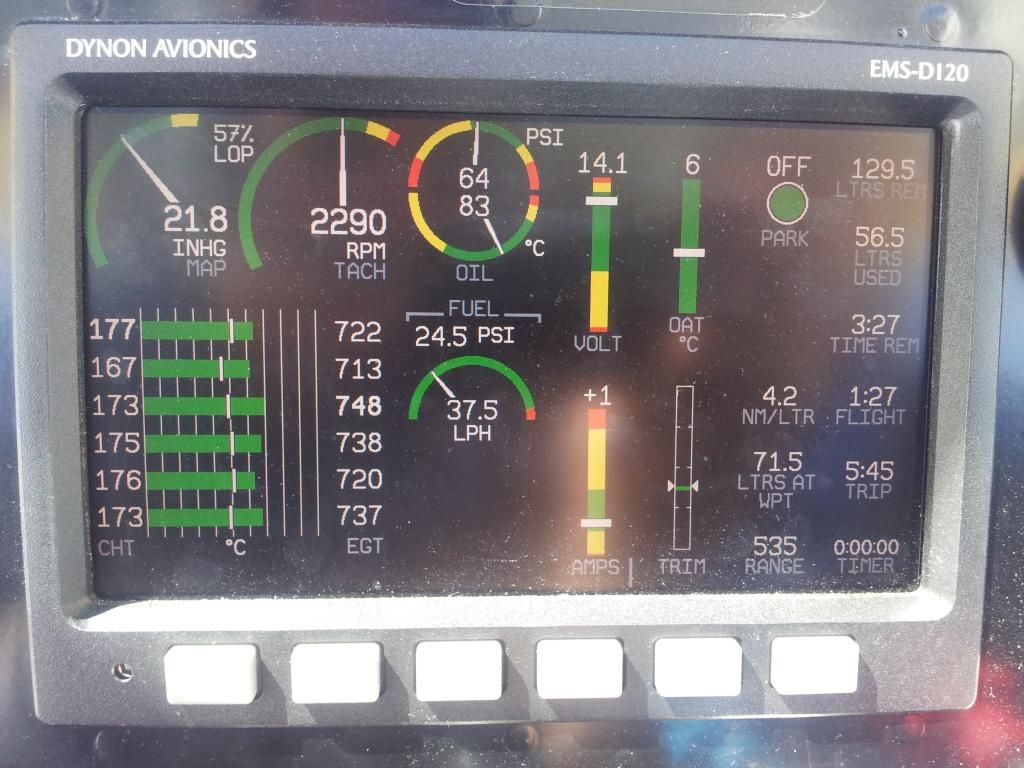I'm still doing my homework and trying to decide what airplane I want.
I was wondering if anyone has ever tried installing 4 of the 25 gallon main tanks vs. 2 mains and 2 aux. tanks? Is there any problem with rib spacings, etc. that would conflict with this? Or would it be more viable to install 2 mains and 4 aux. tanks? Or would it be smarter to do a wet wing for something like 90 gallons usable? And what option would be the lightest and lowest maintenance long term?
I'm always a fan of having the ability for extra range if the need arises. I'm coming from a 120 gallon Twin Comanche, so I guess I'm spoiled with range, but it's nice for some types of weather on IFR flights, as well as being able to go there and back many times to an airport with unrealistic fuel prices and not have to fill up there. That can be a big money saver.
Thanks in advance,
Zac
I was wondering if anyone has ever tried installing 4 of the 25 gallon main tanks vs. 2 mains and 2 aux. tanks? Is there any problem with rib spacings, etc. that would conflict with this? Or would it be more viable to install 2 mains and 4 aux. tanks? Or would it be smarter to do a wet wing for something like 90 gallons usable? And what option would be the lightest and lowest maintenance long term?
I'm always a fan of having the ability for extra range if the need arises. I'm coming from a 120 gallon Twin Comanche, so I guess I'm spoiled with range, but it's nice for some types of weather on IFR flights, as well as being able to go there and back many times to an airport with unrealistic fuel prices and not have to fill up there. That can be a big money saver.
Thanks in advance,
Zac




Comment